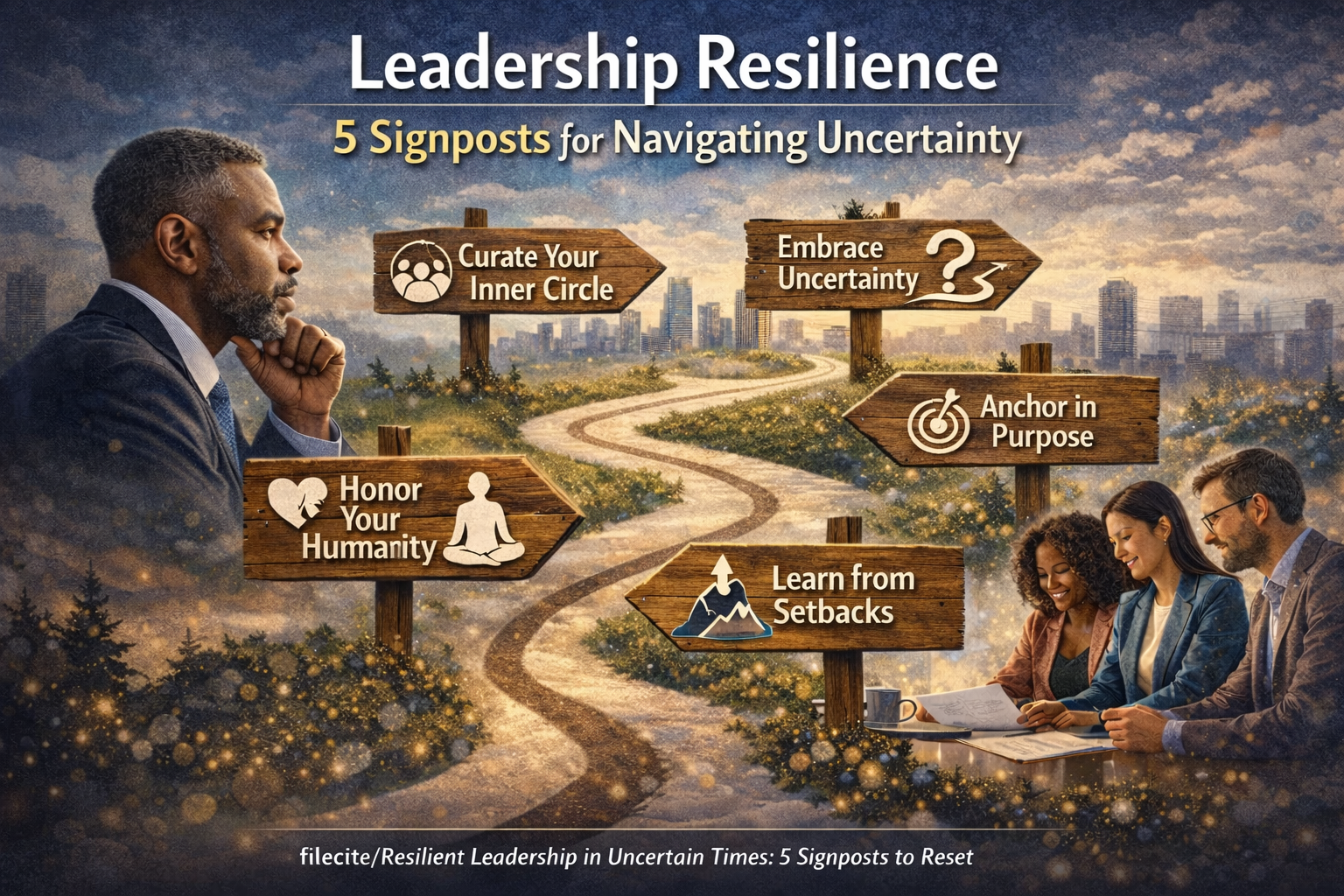To Accelerate Change, Watch How You Spend Your ‘Emotional Dollars’

By Donna M. Cooper, MS, NCC, ACC
In my experience coaching clients who want to change, grow or advance but who feel stuck, burnout is often a big factor. To assist them in learning more about their burnout so they can overcome it and prevent it in the future, I created the Emotional Dollars concept.
This builds on a familiar tactic. Many people who struggle with time management find that tracking where their time goes allows them to target where to make changes. Similarly, individuals who are challenged by finances find that tracking how they spend their money allows them to take control and budget effectively.
Of course, tracking our emotions to identify the source of our burnout is a little bit trickier, since emotions are more subtle and less tangible than either time or money. Here’s what I suggest.
The 3-step Emotional Dollars exercise
Following are three steps to tracking your emotional expenditures so you can begin to make changes and reduce burnout in your life.
- Imagine that you begin each day with five Emotional Dollars to spend.
- Track how you give away your dollars (i.e. your emotions) over the course of a day.
For example: A phone call with a certain individual might use up two Emotional Dollars. Traffic jams? That might be another two dollars. Now, where did that fifth dollar go? What time of day or night is it when you discover you’ve spent all your emotional capital?
- Monitor how you spend your emotional dollars for two weeks and record your daily expenditures in a journal.
Tip: In tracking your dollars, you can create categories such as Work, Family, Relationships, Health, etc. and then fill in the categories. Or you can simply journal your expenditures and look for any patterns.
Insights spark energy for change
For my business, entrepreneurial and personal coaching clients alike, tracking their Emotional Dollars expenditures nearly always yields meaningful revelations after just two weeks.
The exercise also creates energy for change: As clients become aware of how they are spending their emotional energy, they grow determined to keep more of their "emotional dollars" for themselves.
In this way, the insights generated by the Emotional Dollars exercise lead to renewed energy for setting and pursuing goals, better boundary setting and more active participation in making the changes that prompted the client to seek coaching in the first place.
Case Study: What Paul learned
Paul was an entrepreneurial client who had a dream of starting his own business. But he lacked the energy to do so. He felt this was because his current job had numbed his passion and diminished his drive.
But when Paul recorded his Emotional Dollar output, the results were surprising. He discovered that not all of his dollars were being drained by his current job. Instead, he was spending some of his emotional capital trying to convince others that his entrepreneurial venture could be successful. He had been postponing his dream until everyone was on board.
Once Paul identified the source of his Emotional Dollar deficit, he was able to set boundaries and proceed with enthusiasm on planning and launching his entrepreneurial venture.
So where are you spending your Emotional Dollars?
Ready for a change?
If you’re ready to make changes in your work life, contact The Workplace Coach today to set up an exploratory conversation with Donna Cooper or Dr. Mickey Parsons.
Get Practical and Actionable Insights Delivered Monthly
Sign up for our blog now so you never miss out on our expert advice and tips.
Other Blogs

Resilient Leadership in Uncertain Times: 5 Signposts to Reset for the New Year

Assessments: The Key to Leadership Evolution





